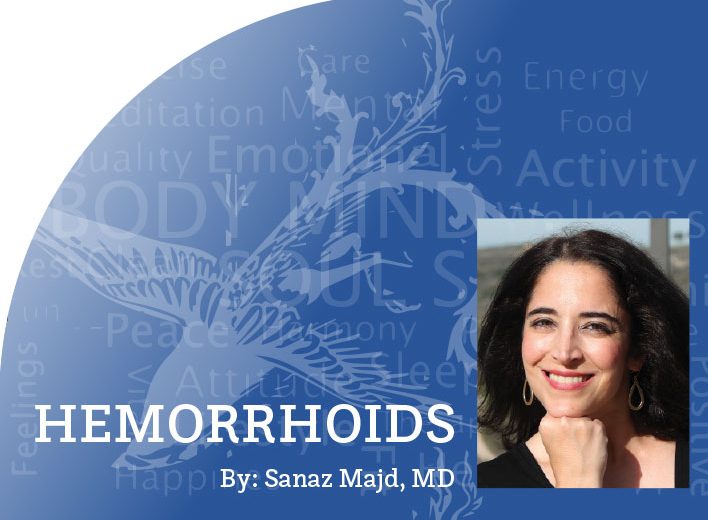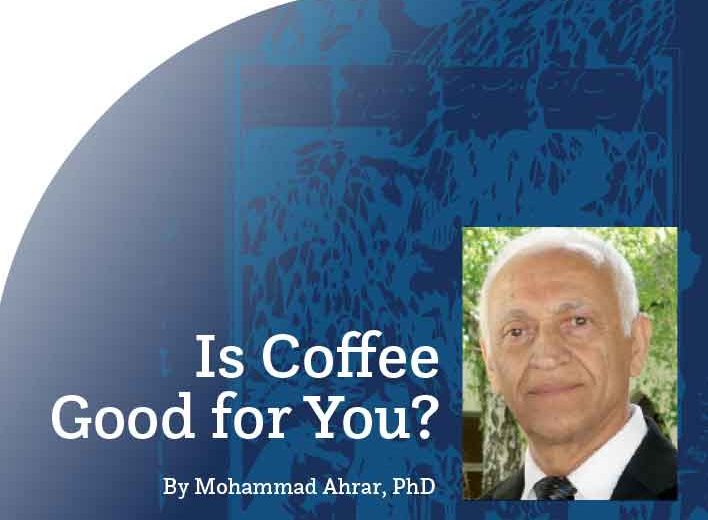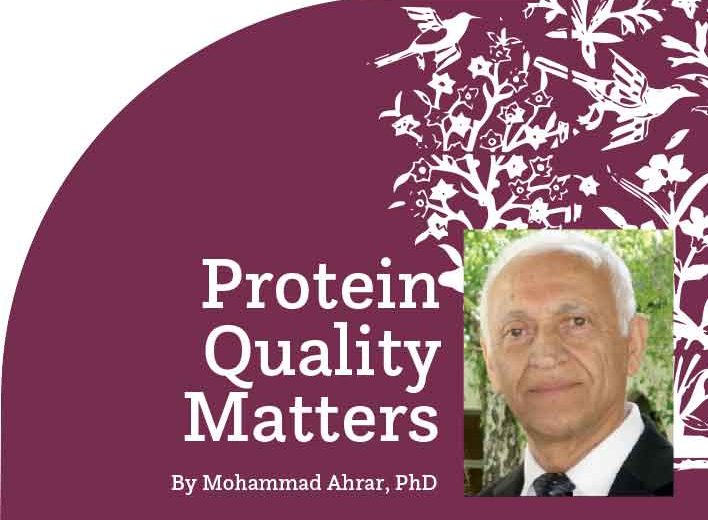Sleep Health: What to Know About Obstructive Sleep Apnea
By: Yasaman Safarpour, MD
Sleep is a reversible state of unconsciousness and an essential physiologic process that appears important in maintaining homeostasis, memory, learning, and well-being. Chronic sleep deprivation has been associated with alterations in glucose metabolism; abnormalities in leptin and ghrelin, which are important in appetite and satiety; and development of obesity. Sleep disorders, in particular untreated obstructive sleep apnea, have been linked to cardiovascular problems. Most of us know a family member or a friend who snores loudly, perhaps disturbing his/her bed partner’s sleep, but usually regarded with humor. But what do we know about those who snore? What is obstructive sleep apnea and why is it so important to raise awareness about this very common sleep disorder? Let’s discuss all of this and more here.

Definition
Obstructive sleep apnea (OSA) is an increasingly common disorder of repeated upper airway collapse during sleep, which leads to oxygen desaturation and disrupted sleep. These episodic cycles of breathing disruption cause acute and chronic physiological stressors. Approximately 34% and 17% of middle-aged men and women, respectively, meet the diagnostic criteria for OSA.
Risk Factors
Age, gender, body mass index (BMI), and race have important impacts on prevalence, with advancing age, male gender, higher BMI, and Asian or African American race all conferring increased risk for OSA at a population level. It is important to keep in mind that although OSA is more common in obese and overweight individuals, it is also found in individuals of normal weight, in whom the prevalence may be markedly underestimated because of a failure to consider this diagnosis in this population. A similar concern has been raised for the female gender.
Symptoms
OSA has variable presentation ranging from snoring to reports of excessive daytime sleepiness, gasping or choking in sleep, witnessed apneas, bruxism (teeth grinding/biting), morning headaches, and non-restorative sleep. The typical male patient with OSA will report feeling groggy in the morning and may indicate nodding off while sitting quietly or driving. Male erectile dysfunction can be caused by OSA, as well as by the many comorbid conditions that apnea sufferers may also have. Women with OSA are more likely to complain of insomnia with sleep fragmentation, and a variety of psychological and somatic complaints, such as depression and chronic fatigue. Children may respond to sleep fragmentation from sleep-disordered breathing with hyperactivity, behavioral difficulties, or attention-deficit/hyperactivity disorder, any of which should prompt a consideration of OSA.
As described above, the physiologic stress imposed by OSA causes a number of pathologic responses in multiple systems in our body, thereby leading to a wide variety of symptoms and complaints in affected individuals. Patients with any of the following complaints, particularly if not better explained by another medical condition, should be screened and evaluated for sleep disordered breathing. These complaints include but are not limited to:
Excessive sleep and need to sleep
Morning somnolence and non-restorative sleep
Snoring
Morning dry mouth
Morning headaches
Restless sleep
Insomnia
Bruxism
Impaired job or school performance
Nocturnal gastroesophageal reflux
Dreams of suffocation or drowning and nocturnal panic attacks
Drowsy driving
Generalized fatigue
Mood disorders
Memory and cognitive impairment
Reduced libido/erectile dysfunction
Nocturia (frequent night time urination)
Diagnosis
OSA is often suspected based on symptoms and confirmed with diagnostic testing. Diagnostic testing can be performed by overnight in-laboratory polysomnography or home sleep apnea tests.
Health-related Outcomes/Consequences
OSA has been associated with a number of cardiovascular complications, including hypertension (especially hypertension that is poorly controlled with medications), cardiac arrhythmias (in particular atrial fibrillation), heart failure, coronary artery disease, stroke, pulmonary hypertension, metabolic syndromes, diabetes, and cardiovascular mortality. An increased risk of sudden cardiac death has been reported in patients with severe OSA, especially when it is associated with significant drops in oxygen saturation during sleep.
Treatment Options
Various treatment options are available for management of OSA. These options include positive airway pressure (PAP) therapy, weight loss (either surgical or non-surgical approaches), oral appliances, positional therapy, upper airway surgery, and neurostimulation. Let’s explore a few of these treatment modalities below.
• PAP Therapy
PAP therapy remains the first-line treatment option for management of OSA. A wide variety of PAP modalities have been used in the treatment of OSA, including continuous positive airway pressure (CPAP) and auto-adjusting CPAP. These devices keep the collapsing airway open by delivering pre-determined or auto-adjusting pressures. Numerous positive outcomes have been reported with CPAP treatment of OSA. Multiple studies have shown improvement of blood pressure control with CPAP treatment in OSA patients. CPAP therapy significantly reduces risk of recurrent atrial fibrillation following catheter ablation. Survivors of stroke who subsequently are found to have OSA appear to have better recovery with CPAP therapy. CPAP therapy improves quality of life in patients with OSA as well as their bed partners. Most importantly, observational studies consistently show that the higher rate of motor vehicle accidents seen in OSA patients decreases with CPAP therapy. CPAP improves vigilance and concentration as well as both subjective and objective sleepiness by enhancing the continuity of nighttime sleep. The main limitation to the efficacy of CPAP therapy is the willingness of patients to accept CPAP up front and, in those who do, remaining adherent to therapy over time.
• Weight Loss and Behavioral/Lifestyle Modification
Because most—but not all—patients with OSA are obese, weight loss is usually recommended as part of the treatment program. A 10% weight loss reduces severity of OSA by 26%. Other behavioral maneuvers recommended for patients with OSA include minimizing or eliminating alcohol consumption, avoiding use of benzodiazepines, ceasing tobacco use, and avoiding sleep deprivation.
• Oral Appliances
Oral appliances or mandibular advancement devices are devices inserted into the mouth. These devices are attached to the dental arches and expand the patient’s airway by moving the jaw into a forward position, thereby assisting breathing during sleep. Oral appliances are considered an alternative to CPAP for mild to moderate sleep apnea in patients who are intolerant of CPAP therapy or prefer alternate therapy. They can also be used in patients with primary snoring who fail conservative measures such as weight loss, sleep position therapy, and avoidance of alcohol.
• Positional Therapy
Position-dependent OSA is defined as obstructive sleep apnea that is at least twice as severe in the supine position (sleeping on your back) as in other positions. Positional therapy is considered as a secondary therapy or adjunct to primary therapy in patients with mild OSA. A variety of devices have been used to maintain non-supine sleep, ranging from verbal instructions and positional alarms to tennis balls attached to the back and vests/pillows positioners.
• Neurostimulation
Hypoglossal nerve stimulator is a surgically inserted medical device that has been FDA-approved since 2014 for treatment of OSA. This device generates impulses to the hypoglossal nerve (the nerve that supplies your tongue), resulting in forward displacement of the tongue. This therapy is reserved in selected patients who have failed PAP therapy and have moderate to severe OSA. There are several criteria that define an individual’s qualification for this procedure. Your sleep doctor can discuss these qualification criteria with you.
• Surgery
A wide array of surgical procedures have been developed to address OSA, but most have met with limited or varied success, thus hampering their widespread applicability. Surgery is not considered first-line therapy for OSA in the majority of patients, however there are some patients for whom surgery is appropriate. A shared decision-making process that considers the patient preferences, values, and the expertise of the medical team is necessary before undergoing any of these surgical procedures to help optimize outcomes.
Final Words
The American Heart Association’s checklist to measure cardiovascular health is updated, now called Life’s Essential 8TM, adding healthy sleep as essential for optimal cardiovascular health. Overall, sleep is a fundamental biological need that supports physical health, mental well-being, cognitive function, and overall quality of life. Many individuals with sleep-related disorders are often stigmatized as lazy or face humiliation in their community or workplace due to a lack of awareness about sleep health. Therefore, it is crucial to prioritize healthy sleep and raise awareness about sleep disorders in order to promote optimal health and professional performance.
References:
1- Avidan, Alon Y., Review of Sleep Medicine: Expert Consult, Fourth Edition. Elsevir (2017).
2- Yeghiazarians, Yerem; Jneid, Hani; Tietjens, Jeremy R.; Redline, Susan; Brown, Devin L.; El-Sherif, Nabil; Mehra, Reena; Bozkurt, Biykem; Ndumele, Chiadi E.; Somers, Virend K., et al. “Obstructive Sleep Apnea and Cardiovascular Disease: A Scientific Statement From the American Heart Association.” American Heart Association’s Circulation. 2021 July 20; 144(3):e56-e67. doi: 10.1161/CIR.0000000000000988. Epub 2021 June 21. Erratum in: Circulation. 2022 March 22; 145(12):e775. PMID: 34148375.
3- https://newsroom.heart.org/news/american-heart-association-adds-sleep-to-cardiovascular-health-checklis.
——————————————————————————
Recognized as a sleep medicine physician, Dr. Safarpour is well-versed in addressing a wide range of sleep disorders. Back in the early days of her academic career, she attended Shahid Beheshti Medical University in Iran, where she earned her medical degree in 2015. Upon relocating to the United States, she completed her residency in internal medicine at the University of California Riverside before pursuing her fellowship in sleep medicine at Stanford Health Care. An expert in her field, Dr. Safarpour is board-certified in internal medicine by the American Board of Internal Medicine (ABIM). Her goal is to advocate for quality-of-life improvement, with emphasis on promoting the importance of sleep for health.


















